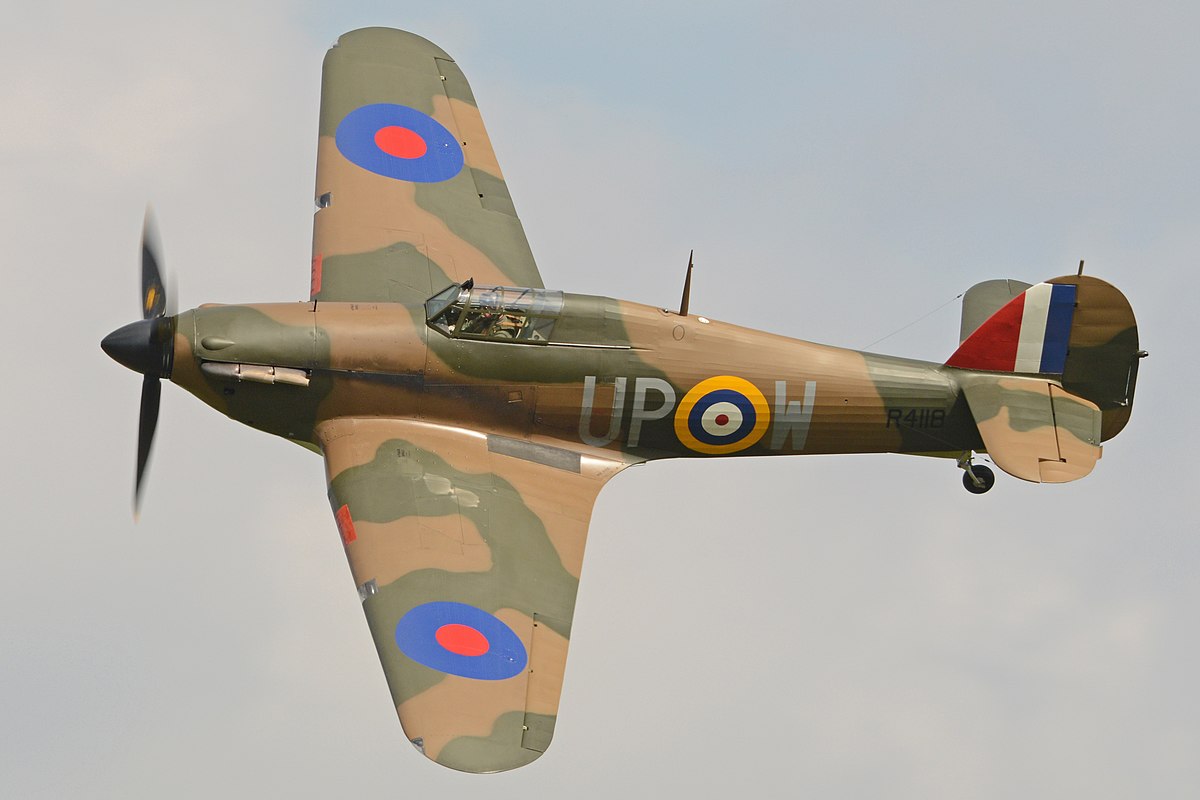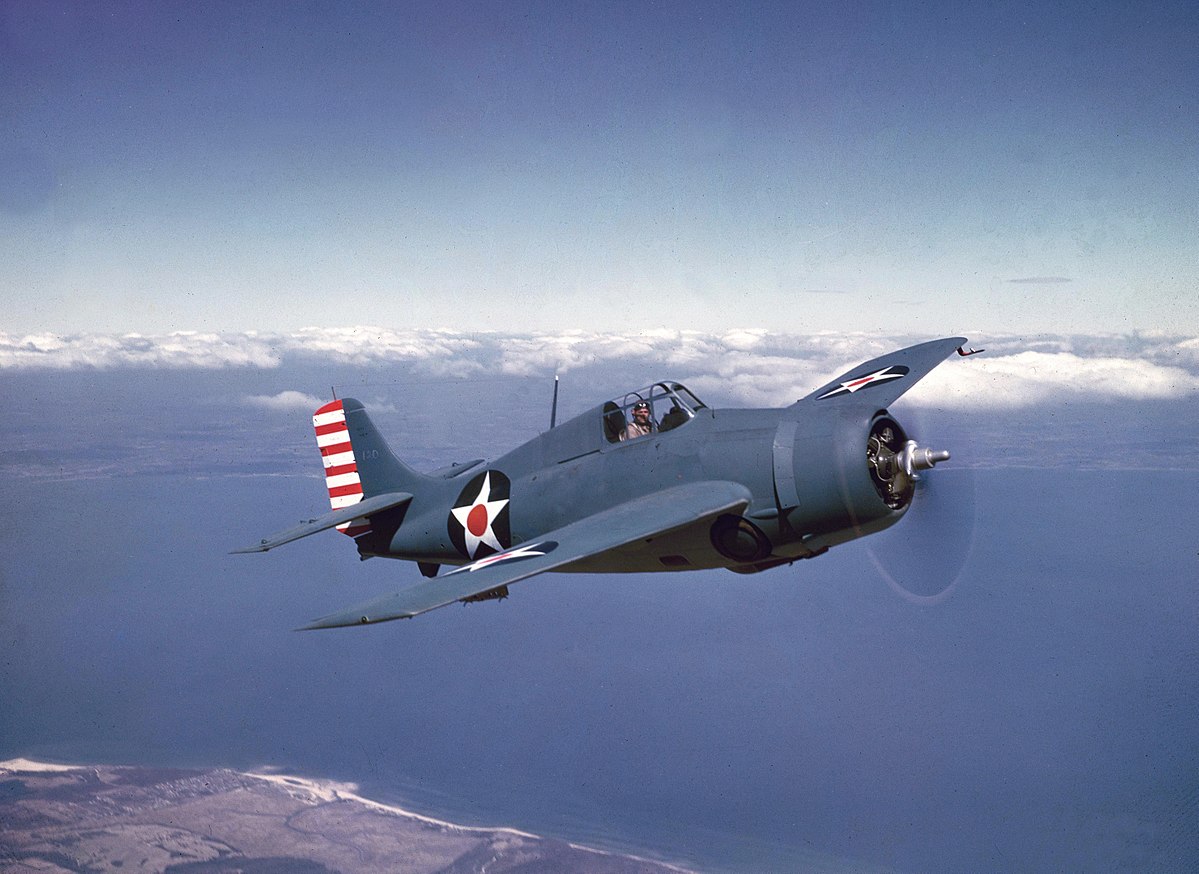Wild_Bill_Kelso
Senior Master Sergeant
- 3,231
- Mar 18, 2022
I would say no.
Wildcat had greatly superior range and loiter time. Most of the Wildcats had folding wings. Their engines were less vulnerable because air cooled. They had a much greater ammunition capacity than most of the Hurricanes.
Wildcat was also just a better fighter.
Sea Hurricane was basically an ad-hoc point defense fighter, not really a naval fighter or a real carrier fighter.
Wildcat had greatly superior range and loiter time. Most of the Wildcats had folding wings. Their engines were less vulnerable because air cooled. They had a much greater ammunition capacity than most of the Hurricanes.
Wildcat was also just a better fighter.
Sea Hurricane was basically an ad-hoc point defense fighter, not really a naval fighter or a real carrier fighter.


